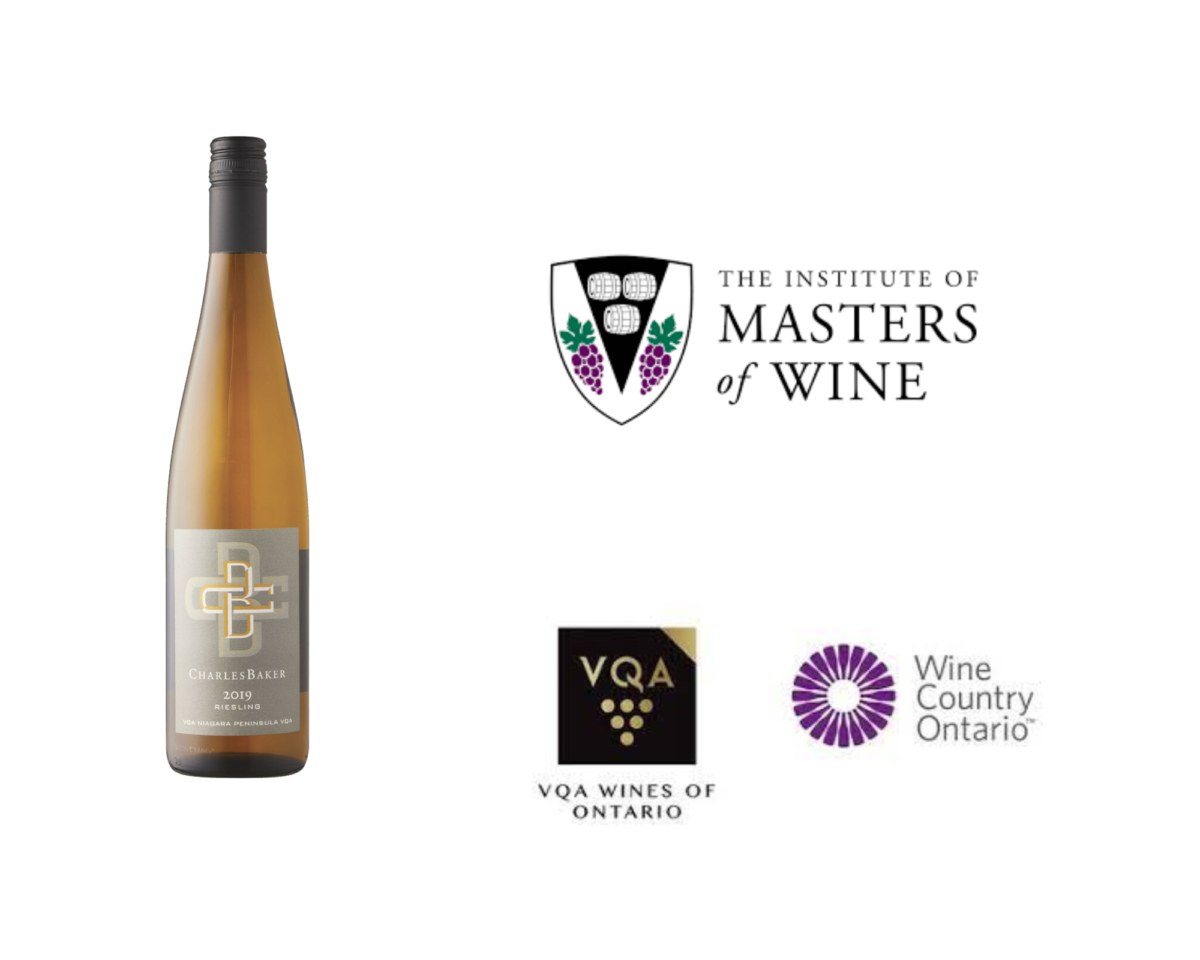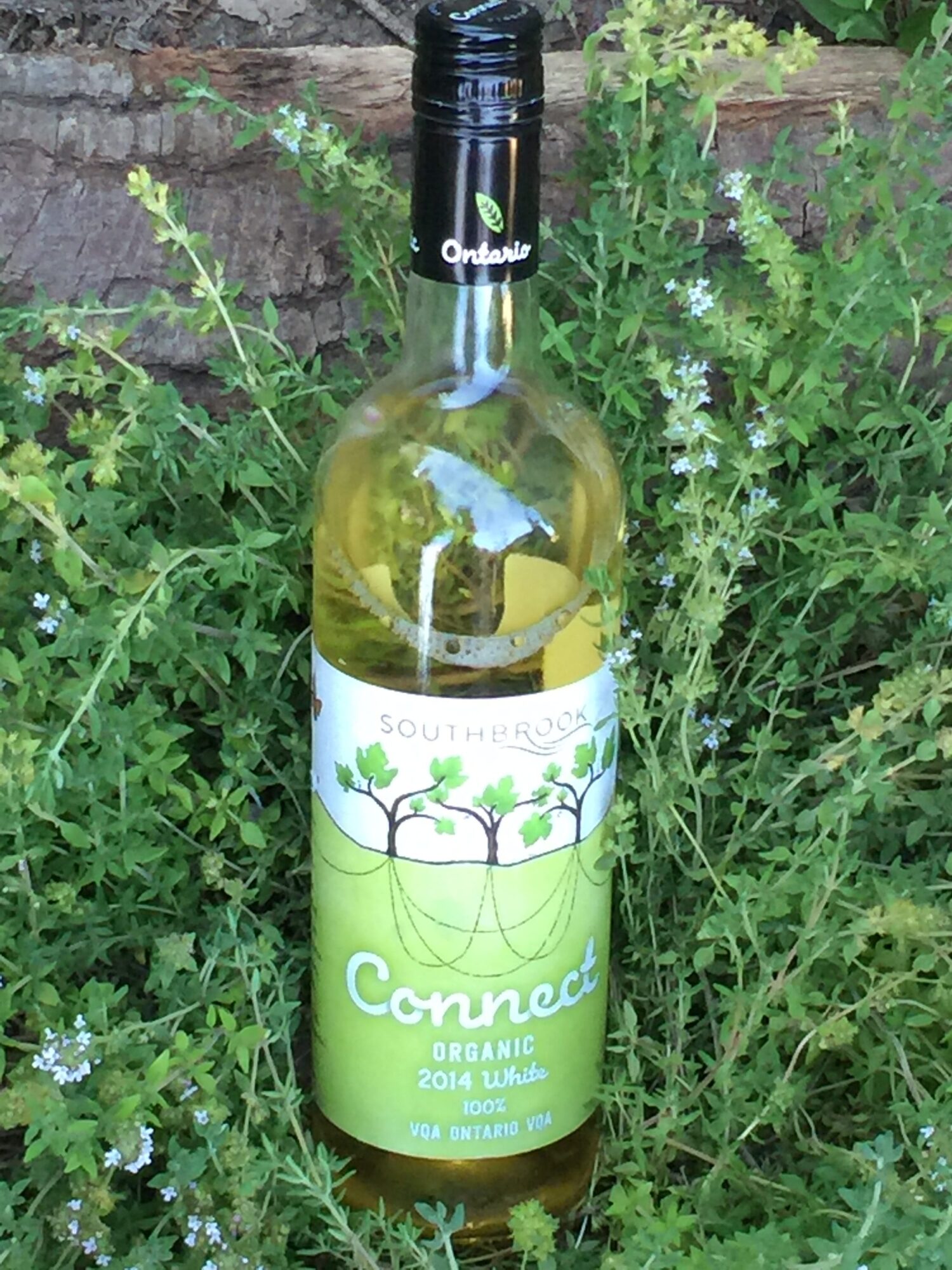The Institute of Masters of Wine (IMW) recently announced that the Charles Baker 2019 Riesling VQA Vinemount Ridge was included as one of 12 blind wines in the 2022-23 Stage One MW exam. The inclusion of this wine is a recognition that highlights the exceptional quality and character of Ontario VQA Riesling but also reinforces its status as a world-class example in the global wine industry.
“My pursuit of Riesling began as a sommelier and subsequently as a cellar hand in Jordan, Ontario. When I was part of the opening team at Stratus, I was already deeply committed to exploring the various sites of the Niagara Peninsula in pursuit of capturing its various personalities,” explained Charles Baker of Charles Baker Wines. “The Vinemount Ridge expression of this project has often been lauded as a stand-out Riesling, but to have it included as one of the first Ontario table wines at the Master of Wine exam is the ultimate honour. Expressions of Terroir include the people stewarding the land and as such, my endless thanks go to our growers, J-L Groux, Dean Stoyka and the entire team at Stratus for being part of this journey.”
“It’s truly an exciting time for Ontario’s wine industry — global recognition for the quality of Ontario VQA wine is rising rapidly — and having an Ontario VQA Riesling from the Vinemount Ridge sub-appellation included in the 2023 Masters of Wine exam as a benchmark example of Canadian Riesling reinforces the relevance of Ontario VQA Riesling on the global stage,” said Magdalena Kaiser, Director of Public Relations for the Wine Marketing Association of Ontario. “Congratulations to Charles Baker and the team at Stratus, who continue to be an integral part of Ontario’s VQA wine story.”




![Canada at ProWein 2016 [30 and 50 Degrees North]](https://www.liz-palmer.com/wp-content/uploads/2016/02/Prowein-2016-1200x572.jpg)